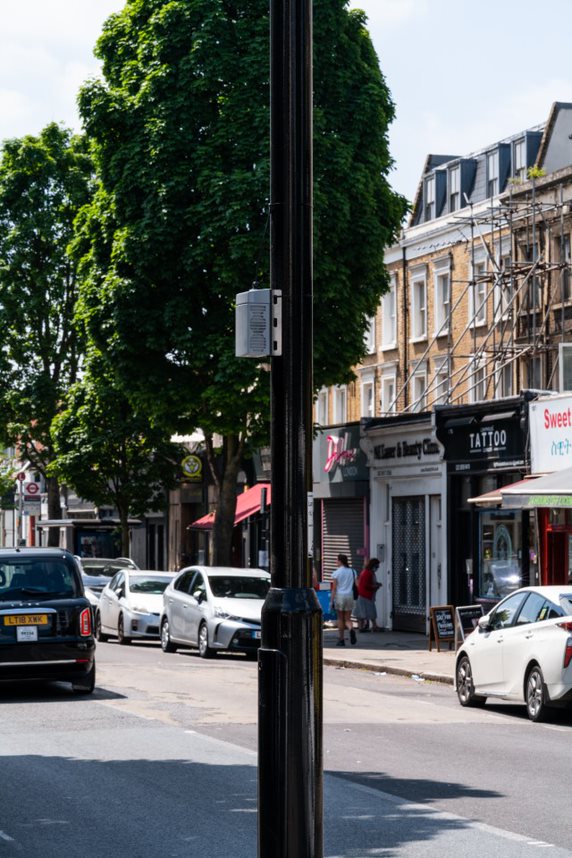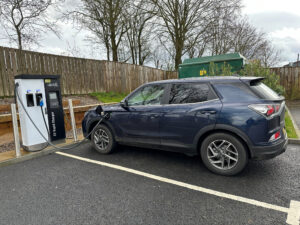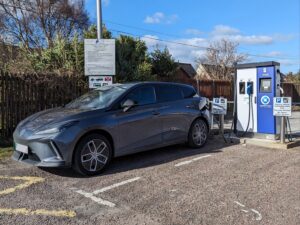World’s densest air quality sensor network aims to revolutionise understanding of air pollution in urban spaces.
The world’s densest air quality sensor network will be installed in Camden, London, this summer, which aims to fundamentally transform how we monitor and manage air pollution to improve public health and well-being in urban spaces.
Air quality specialists AirLabs will install 250 advanced AirNode air quality sensors across the Borough, in partnership with Camden Council and The Camden Clean Air Initiative, an air pollution action group in the Borough.
The network will provide at least 100 x more spatial resolution and refresh 60x more regularly than the network of existing air quality reference stations in Camden, capturing and reporting hyper-local air quality data every minute to map the issue in real time. The data will contribute to impactful decision making for all stakeholders interested in improving air quality in the Borough, from councils, individuals and communities to schools, offices, hospitals, retail and hospitality businesses.
The sensors will be deployed rapidly over the coming months and will complement the existing air quality monitoring network. Once launched, the data generated from the network can be used in a myriad of ways, enabling the public to map less polluted routes from A-to-B, feeding into local traffic management policy and providing NHS Trusts and schools with information to help raise awareness of air pollution and protect vulnerable communities. The future possibilities of how the data can be used are vast and AirLabs is aiming to engage with potential partners, clean air groups and councils to explore future collaboration.
Marc Ottolini, CEO of AirLabs, said: “Our ultra-dense network of sensors will provide unprecedented ultra-high definition visibility of local air pollution to allow communities, businesses and stakeholders to make more informed choices to protect the health and well-being of the local population.
“There’s no time to wait in tackling the air pollution crisis – we all contribute to air pollution, and we all suffer the health impacts that it causes. This new information system empowers us all to enact data-driven change and become part of the solution.
“Camden Council understands the importance of empowering the community to tackle this vital issue head on. This network will serve as a blueprint for boroughs across London and cities around the world, using the power of data to inform meaningful action and protect populations from the invisible threat of air pollution.”
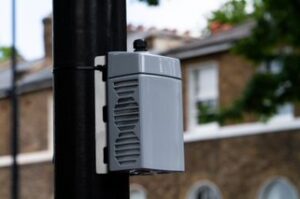
Camden Council is at the forefront for driving change on air pollution having been the first to adopt World Health Organization air quality standards and with a host of initiatives already in place is partnering with AirLabs on this innovative project to realise its vision for a healthy and resilient borough.
Get our FREE ‘GUIDE TO THE BEST EVs’ e-mailed directly to your inbox
Camden Councillor Adam Harrison said: “Camden’s citizens have made clear that more must be done to tackle the air quality health crisis, and Camden Council has committed to the meeting the World Health Organization air quality standards as well as stepping up our pollution monitoring and efforts to raise public awareness about the health risks from exposure to air pollution. This project will form an important part of our work to protect public health by building a more detailed understanding of the sources of air pollution throughout Camden and the actions we can all take to reduce pollution and our exposure to it.”
The dense network of AirNode sensor devices has been strategically designed to cover the entire borough of Camden, including areas underrepresented by the existing monitoring network and those most vulnerable to air pollution – schools, transport hubs, healthcare facilities and busy intersections. Each device will measure a wide range of air pollutants including airborne particulate matter and toxic gases (nitrogen dioxide (NO2), carbon dioxide (CO2) and ozone (O3)), as well as temperature and humidity, giving the full picture of air quality in an area.
Devices will be optimally spaced to identify and differentiate between different sources of pollution, including whether they are localised sources such as road traffic and wood-burning, or regional sources such as industry. The devices will be installed on lampposts, buildings and other suitable infrastructure and take measurements every minute enabling detection of the smallest of changes.
Air quality is a localised issue, with pollution levels differing significantly from street to street. Even the most advanced air quality networks currently lack a street level understanding of air quality and gaps in the data mean that communities are missing the complete picture when it comes to the quality of air outside their homes, schools and offices.
The announcement of the network follows a recent coroner’s ruling which called on Government and local authorities to increase air quality monitoring and to do more to raise public awareness of the health risks from air pollution exposure. The government has pledged to significantly increase the air quality monitoring network in the UK and this project will act as a blueprint to demonstrate the benefits of a dense monitoring network.[1]
Prashant Kumar, Chair & Professor of Air Quality and Health, University of Surrey, said: “Research has shown that air pollution is hyper-local as well as regional. We need many air quality monitoring devices in a dense network to describe it accurately, diagnose the problem and identify sources and solutions.
“Dense networks of air quality sensor nodes recording in real-time, measuring a full range of pollutants from noxious gases to tiny particulates, are an important step towards winning the fight against air pollution and providing clean air for everyone.”
This revolutionary approach has been designed to engage everyone. AirLabs and The Camden Clean Air Initiative will work closely in encouraging local groups, businesses, NGOs and members of the public to ‘adopt an AirNode’ and engage with the data on the exciting new air quality map and analytics platform, launching in the autumn.
Jeffrey Young, CEO of Camden Clean Air Initiative said: “During the COVID-19 pandemic, walking on our streets became more enjoyable as there were fewer cars on the road and less vehicle-derived pollution in the air. This flagship project aims to provide the council and our community with the data needed to get us back to that point – improving the health and well-being of our residents for the long term.
“Two key elements of The Camden Clean Air Initiative’s vision when we were founded were to fill the Borough with real-time air quality sensors and to put Camden on the map as a centre of excellence for sustainability and Greentech. By partnering with AirLabs we hope to achieve both these things.”
In London alone, air pollution accounts for approximately 4,100 premature deaths every year, worsening the impacts of lung and heart conditions as well as other respiratory illnesses including COVID-19. Killing more people annually than road traffic accidents, poor air quality costs society, businesses and our NHS services more than £15 billion a year. Air quality also has a proven impact on educational attainment and overall physical and mental well-being.
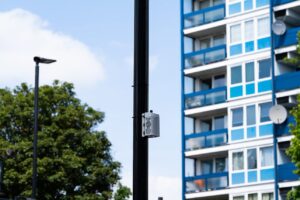
About AirLabs
AirLabs is a leading pioneer in clean air technology. More than 90% of the world’s population is exposed to unsafe levels of air pollution and AirLabs’ mission is to deliver measuring, monitoring and cleaning solutions that provide valuable insight, enable action and clean polluted air to make it safe for people to breathe.
Its international team of atmospheric chemistry scientists, airflow engineers and sensor specialists has developed cutting-edge and scientifically proven solutions for use by governments, businesses and individuals to tackle the growing problem of urban air pollution.
Its approach to outdoor air quality monitoring is to provide measurement and visualisation technology with high temporal and spatial resolution.
AirLabs is headquartered in London and has its R&D labs in Copenhagen. www.airlabs.com
About Camden Clear Air
The Camden Clean Air Initiative is a not-for-profit action group aiming to improve air quality across the Borough of Camden. Working closely with the Camden community as well as stakeholders within the Borough, we aim to transform Camden into a haven for walking and cycling by working with local government and major Camden-based companies, and through championing borough-wide initiatives and policy change. Camden’s efforts to reduce vehicle emissions and spend more time on bike or foot will be rewarded with a safer, cleaner environment.
[1] DEFRA – Government response to the Ella Adoo-Kissi-Debrah Coroner’s report


